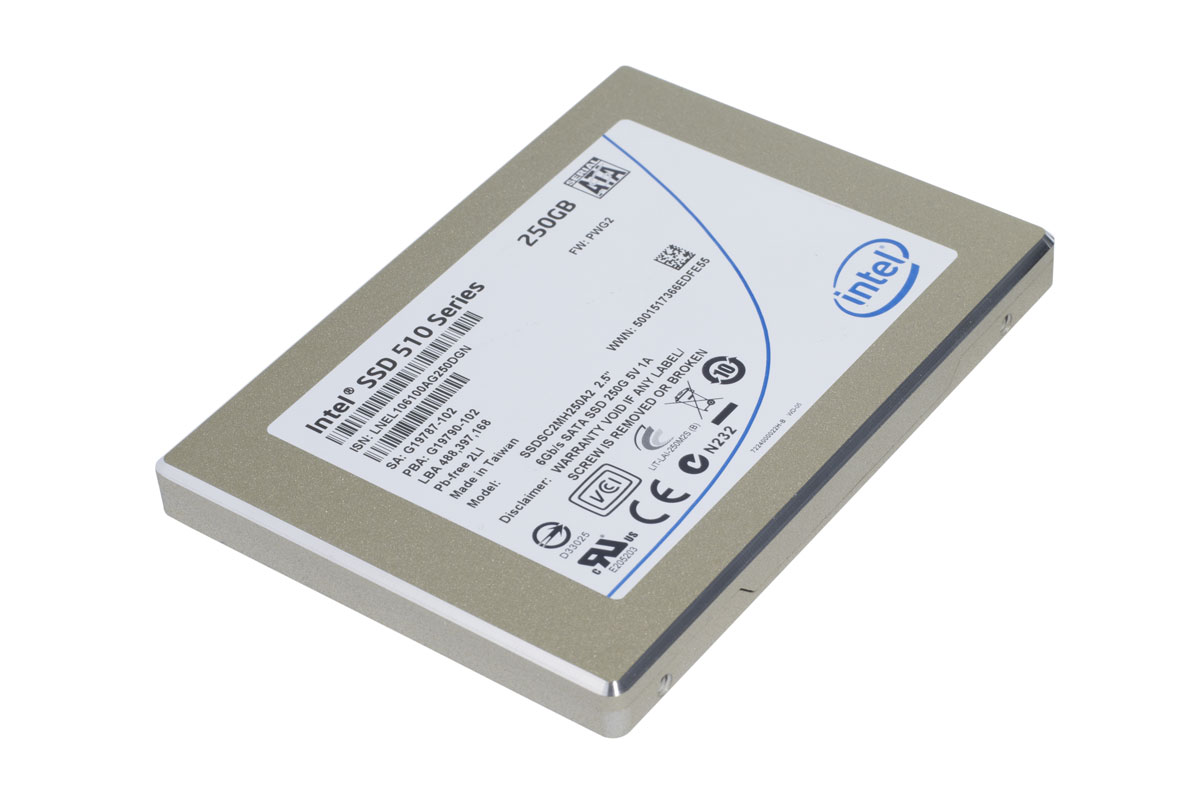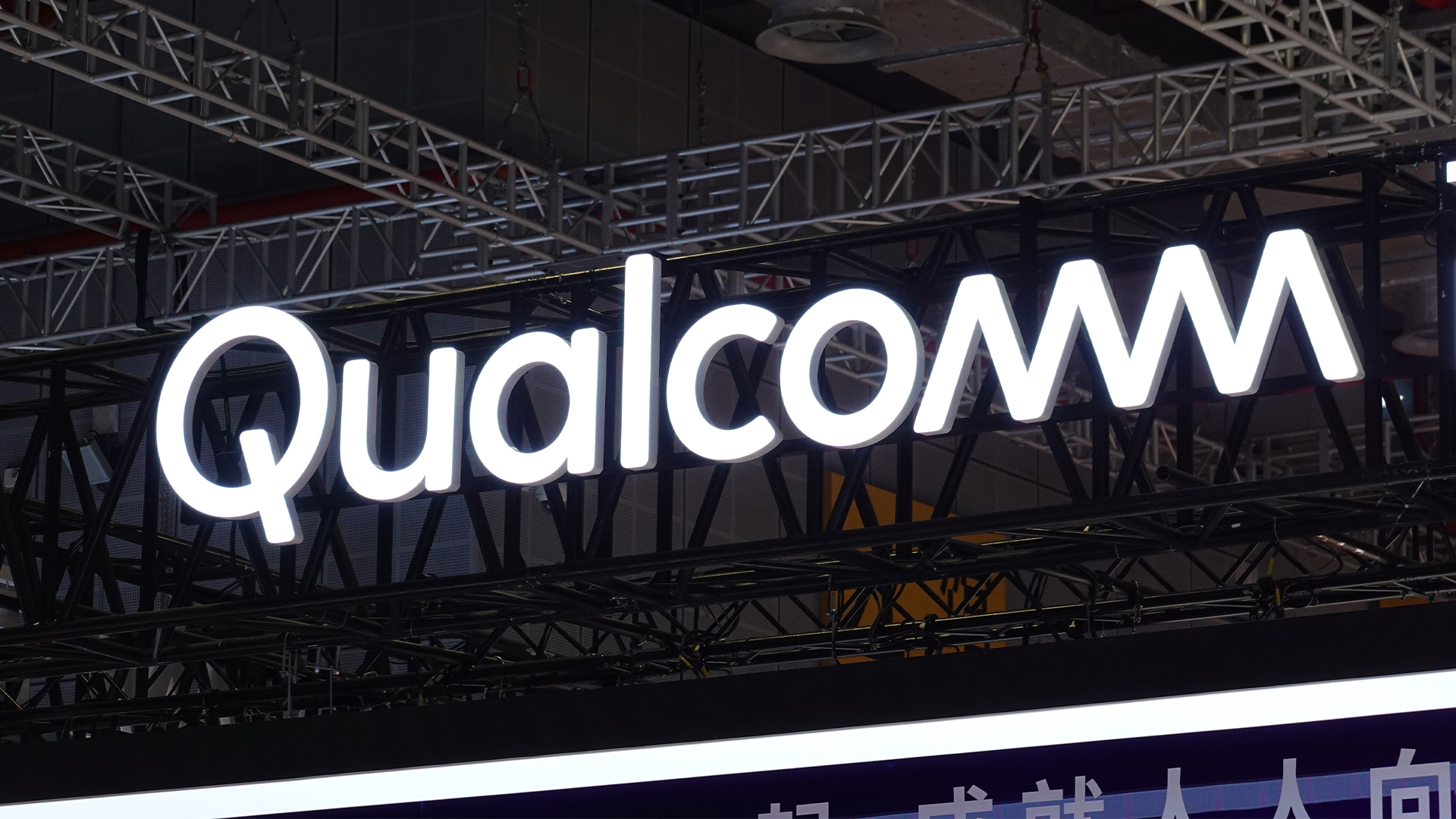Intel 510 Series SSD 250GB review
Intel's latest SSD is blazingly fast, but it's also expensive. Should you take the plunge and invest in it? Tom Morgan takes a closer look in our review to find out.

Intel's latest SSD has incredible file transfer performance in almost every situation, although it carries a massive price premium over conventional hard disks. It’s also unlikely that it will look quite so fast against SSDs from other manufacturers due later in the year. Still, if you need extremely fast storage for your SATA3-equipped systems right now, then this is the SSD to get.
Intel might be better known for its range of computer processors, but the company has also produced a solid line-up of SSDs. However, Intel has lost a lot of ground to faster SSDs from other manufacturers in recent years so they have a lot of market share to recover. The latest models, known collectively as the 510 series, are the first to use a third-party controller.
When SSDs first became an affordable alternative to hard disks, Intel's proprietary memory controller was one of the best, reaching sustained read and write speeds that few other disks could match. This didn't last forever, as the introduction of several third party memory controllers reduced Intel's speed lead and therefore its grasp on the market significantly. The popular SandForce controller became one of the main contenders, as it was well liked by both enthusiast and professional users for its incredibly fast sequential read and write speeds.
Intel has lost a lot of ground to faster SSDs from other manufacturers in recent years so they have a lot of market share to recover.
To combat this, Intel has decided not to redevelop its own memory controller, but instead use one manufactured by a third party. Every 510 series SSD, previously known by the codename "Elmcrest", uses a Marvell memory controller to address read and write operations. As well as boosting file transfer performance, the controller also supports TRIM to help maintain the speed of the SSD over time.
Our 250GB test sample had 232GB usable disk space after formatting; a healthy 18GB has been set aside for over-provisioning, which ensures that the disk can create pre-erased blocks easily. This will increase its overall write input-output operations per second (IOPS) and improve reliability over time. To make it slightly easier to install the disk, every 510 series SSD comes bundled with a 3.5in mounting bracket; this should allow you to install one in any system with an empty 3.5in drive bay, even if it doesn't have any 2.5in bays.
Sign up today and you will receive a free copy of our Future Focus 2025 report - the leading guidance on AI, cybersecurity and other IT challenges as per 700+ senior executives
-
 Qualcomm the data center with $2.4 billion Alphawave Semi acquisition
Qualcomm the data center with $2.4 billion Alphawave Semi acquisitionNews The move sees Qualcomm absorb Alphawave Semi’s portfolio of custom silicon, high-speed connectivity solutions, and chiplets
By Daniel Todd Published
-
 ‘If software development were an F1 race, these inefficiencies are the pit stops that eat into lap time’: Why developers need to sharpen their focus on documentation
‘If software development were an F1 race, these inefficiencies are the pit stops that eat into lap time’: Why developers need to sharpen their focus on documentationNews Poor documentation is a leading frustration for developers, research shows, but many are shirking responsibilities – and it's having a huge impact on efficiency.
By Ross Kelly Published
-
 OpenAI says GPT-5.2-Codex is its ‘most advanced agentic coding model yet’ – here’s what developers and cyber teams can expect
OpenAI says GPT-5.2-Codex is its ‘most advanced agentic coding model yet’ – here’s what developers and cyber teams can expectNews GPT-5.2 Codex is available immediately for paid ChatGPT users and API access will be rolled out in “coming weeks”
By Ross Kelly Published